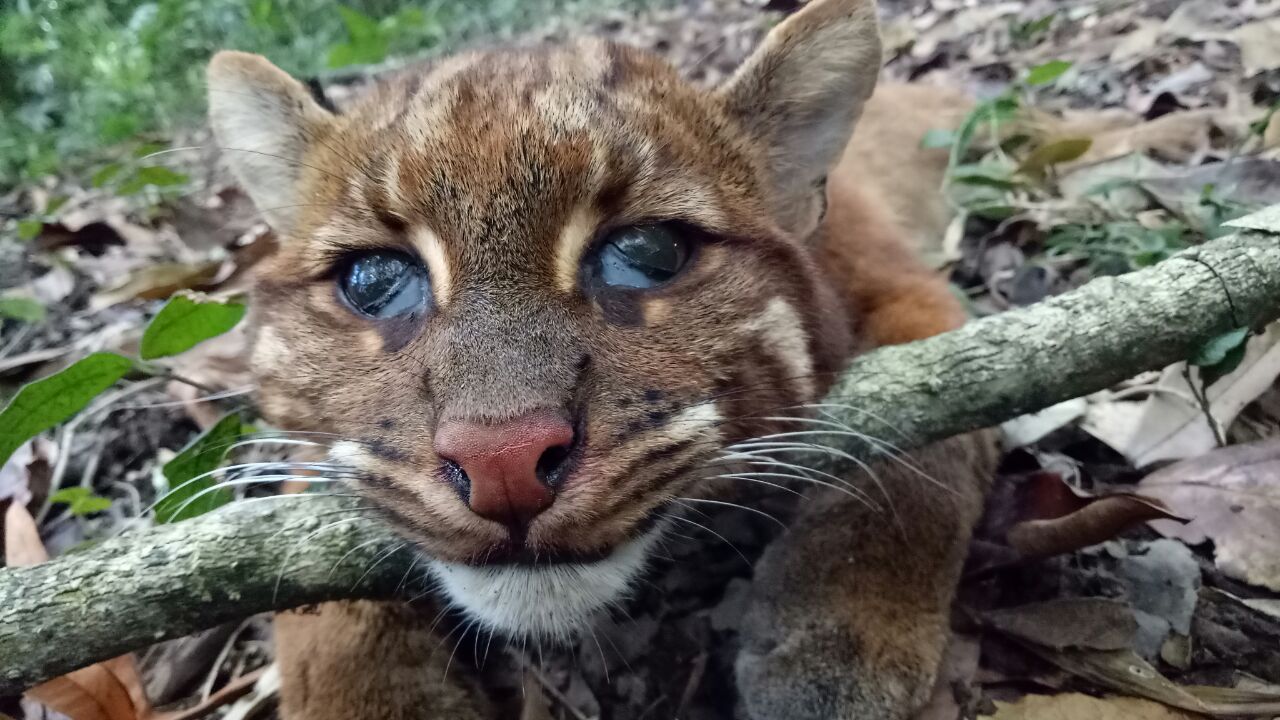Man-Animal Conflict Kills Yet Another Asian Golden Cat

ITANAGAR: In another example of growing man-animal conflict, the corpse of an Asian golden cat was found caught in a traditional trap in the forests of Arunachal Pradesh originally intended to capture wild dogs.
Villagers living along Yazali and Sagalee in central Arunachal Pradesh had set up a wooden ‘bridge trap’ known as ‘sugum’ to capture wild dogs that were hunting their mithuns- a prized bovine amongst some of the tribes including the Nyishis of the area.
Range Forest Officer from Raga, Bunty Tao, said that he had gone on a trek recently to the forests between Yazali and Sagalee along with other officials and villagers from the area. Tao informed that villagers had originally laid the trap for wild dogs in the forest near Riilo area but unfortunately an Asian golden cat was caught in it instead.
The Asian golden cat, called nyolii in the Nyishi language, is listed as ‘Near Threatened’ under the International Union for Conservation of Nature’s (IUCN) Red List.
IUCN states that the feline has been documented in twelve countries including the states of Assam, Arunachal Pradesh and Sikkim, although it notes that the animal’s distribution is “patchy”. It also states that the most significant threats to the Asiatic golden cat are thought to be habitat loss and poaching.
The corpse of the animal which was found was located at an altitude of 7000 feet where last year one red panda was injured and handed over to the Biological Park in Itanagar.
Tao said that wild boars and Himalayan black bears are abundantly found in the area as well. He also said that he is “trying to persuade villagers of these regions to convert it into a wildlife sanctuary” but he may have his task cut out.
Like in most tribal-populated places, forests lands in Arunachal Pradesh too belong to the communities living near the areas. Traditional hunting rights are still claimed by families, clans and tribes to this day although many modern hunting tools are used. For most villagers who continue to live in a subsistence manner, knowledge about conservation of wildlife remains low. Villagers living in remote areas continue to be unaware of the larger impacts of unchecked hunting and how rapid urban expansion and growing human population can lead to man-animal conflicts.
Last year, residents near the state capital had sighted a tiger that was reportedly hunting cattle, including 50 mithuns.
Arunachal Pradesh is home to three tiger reserves while one more wildlife sanctuary has been given “in-principle approval” by the National Tiger Conservation Authority. The state also hosts all big cats.
The last data released in 2014 on tiger population showed that the Northeast had witnessed an increase from 148 in 2010 to 201 in 2014. There were 28 tigers estimated in Arunachal Pradesh, up from over 14 in 2006. However, a complete survey of the tiger population has not been released so far.
(Photographs BUNTY TAO)



